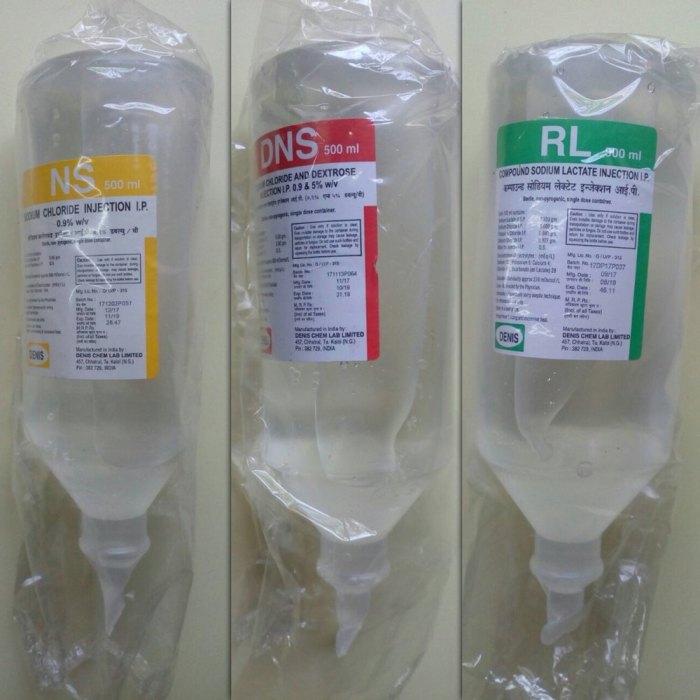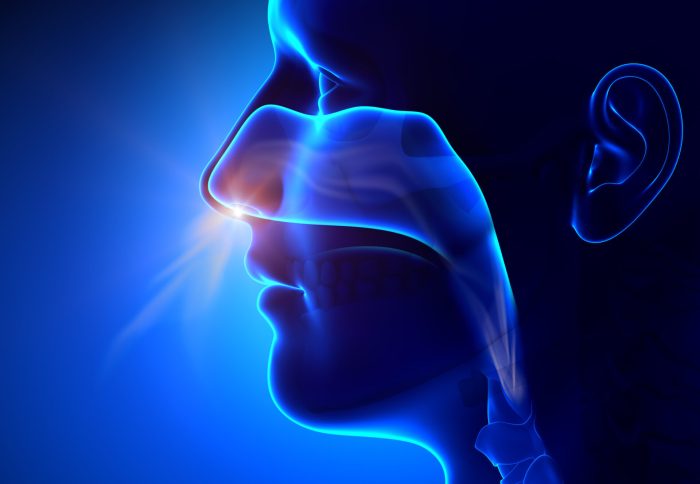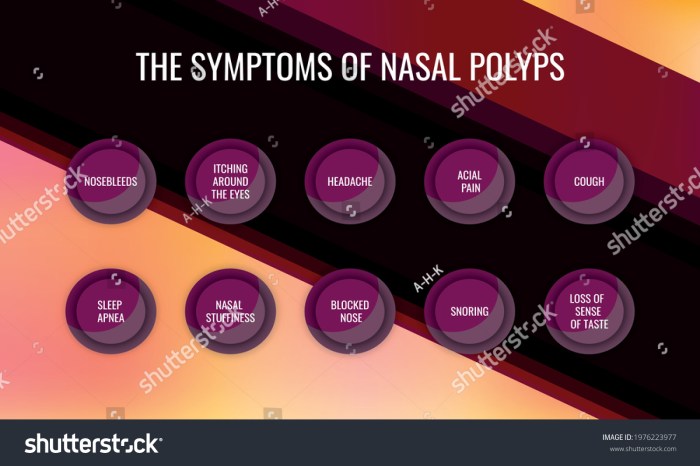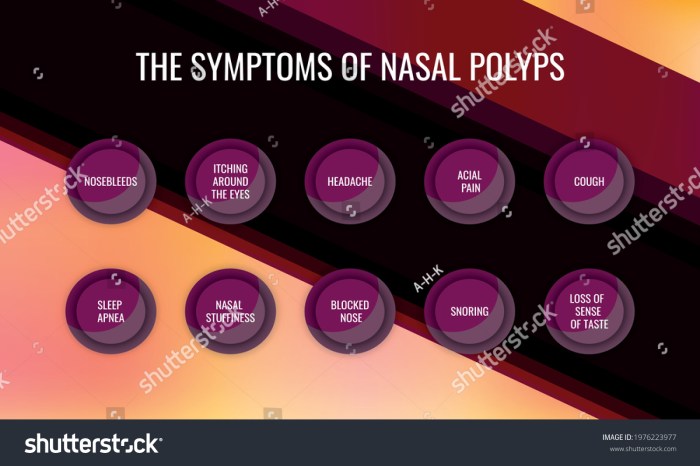Saline spray snoring allergies: This comprehensive guide explores the connection between nasal saline sprays, snoring, and allergies. We’ll examine how these sprays can potentially alleviate both snoring and allergy symptoms, and discuss the various factors influencing their effectiveness, from lifestyle choices to underlying medical conditions. From understanding the different mechanisms to comparing various spray types, this in-depth look will provide you with valuable insights into the world of nasal sprays.
The article delves into the intricate relationship between nasal congestion, allergies, and sleep-disordered breathing, such as snoring. It highlights how nasal saline sprays can play a crucial role in managing these issues by addressing the underlying cause of nasal congestion. Furthermore, the article examines the potential benefits and drawbacks of using saline sprays, considering various factors such as age, medical history, and individual needs.
Different types of saline sprays, their ingredients, and potential effects on snoring and allergies will also be compared and contrasted.
Saline Nasal Spray and Snoring
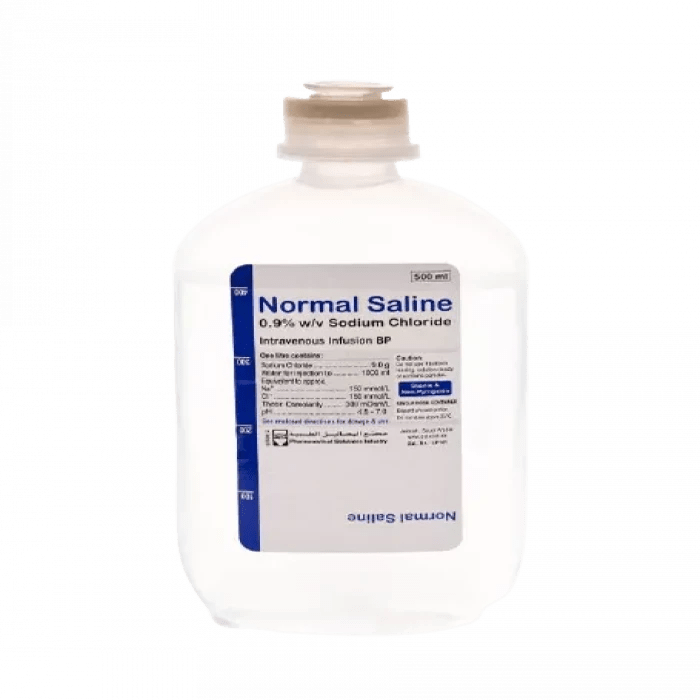
Saline nasal sprays are a common and often effective way to manage nasal congestion, a frequent culprit behind snoring. Understanding how these sprays work, the various types available, and their potential benefits in alleviating snoring can help you choose the best solution for your needs. This discussion will delve into the mechanisms through which nasal congestion contributes to snoring, the effectiveness of different saline spray types, and the potential benefits of their use in managing snoring.Saline nasal sprays work by hydrating the nasal passages, thinning mucus, and promoting easier breathing.
This hydration effect is crucial in addressing the underlying cause of snoring related to nasal congestion. By clearing the nasal passages, saline sprays help to improve airflow, reducing the vibrations and obstructions that lead to the characteristic snoring sounds.
Mechanisms of Snoring and Nasal Congestion
Nasal congestion, often stemming from allergies, colds, or other respiratory issues, can significantly impact the quality of airflow through the nasal passages. When the nasal passages are obstructed, the air must pass through the mouth, which can cause the soft tissues in the throat to vibrate, creating the snoring sound. The severity of snoring is directly correlated with the degree of nasal blockage.
For example, individuals with severe seasonal allergies experiencing significant nasal congestion are more likely to snore loudly.
Effectiveness of Saline Nasal Spray Types
Various types of saline nasal sprays exist, differing in their formulations and delivery methods. The choice of spray type depends on individual preferences and needs. While all saline sprays aim to hydrate and clear nasal passages, some might offer slight advantages depending on the user’s particular needs.
Benefits of Saline Sprays for Snoring
Using saline nasal sprays for snoring offers several benefits. The sprays can help alleviate nasal congestion, allowing for easier breathing through the nose. This improved airflow reduces the tendency of the soft tissues in the throat to vibrate, resulting in less snoring. Furthermore, regular use can help prevent the buildup of mucus and crusting, contributing to a more comfortable breathing experience overall.
This is particularly beneficial for individuals with chronic nasal congestion, as it can help maintain clear airways and minimize the frequency of snoring episodes.
Typical Usage for Snoring Prevention
To effectively prevent snoring, it’s important to use saline nasal sprays regularly, ideally daily, especially during periods of nasal congestion or before bedtime. This preventative measure helps keep the nasal passages hydrated and clear, ensuring smooth airflow. This approach is particularly helpful for individuals prone to snoring or experiencing frequent episodes of nasal congestion. The hydration from the spray helps to reduce the stickiness of mucus, making it easier to clear.
Table of Saline Spray Types and Potential Effects on Snoring
| Spray Type | Ingredients | Suggested Use | Potential Benefits |
|---|---|---|---|
| Sterile Saline Spray | Sterile Saline Solution | Daily use, especially before bedtime, or as needed during periods of congestion | Effective hydration, reduced nasal congestion, improved airflow, and minimized snoring. |
| Saline Spray with Added Ingredients | Sterile saline solution plus ingredients like Xylitol or essential oils | Daily use, especially before bedtime, or as needed during periods of congestion | Potential additional benefits depending on the added ingredients (e.g., reduced inflammation or antibacterial effects). |
| Nebulizer Saline | Sterile saline solution | Used with a nebulizer machine, delivering a fine mist to the nasal passages. Often prescribed by healthcare professionals. | Effective for those with severe congestion or who require a higher concentration of saline. |
Saline Nasal Spray and Allergies: Saline Spray Snoring Allergies
Dealing with allergies can significantly impact your daily life, often leading to uncomfortable symptoms and disrupting sleep. A common culprit is nasal congestion, which can not only affect breathing but also contribute to snoring. Understanding the connection between nasal allergies and snoring, and the role of saline nasal sprays in alleviating both, is key to managing these issues effectively.
This exploration delves into the intricate relationship between these conditions and how saline nasal sprays can provide a crucial part of the solution.
Dealing with saline spray for snoring allergies can be tricky. Sometimes, underlying health conditions like the connection between stroke and diabetes can impact your overall well-being, and even your response to treatments. Understanding this connection can help you approach your allergies with a more holistic perspective, focusing on preventative care for a healthier lifestyle. This is why researching the stroke and diabetes connection can be important.
Ultimately, focusing on the right treatment for your snoring allergies is key, and saline sprays can be a valuable part of that.
The Link Between Nasal Allergies and Snoring
Nasal allergies, often triggered by airborne allergens like pollen or dust mites, cause inflammation in the nasal passages. This inflammation leads to swelling and mucus production, narrowing the nasal airways. This, in turn, can make breathing through the nose difficult, leading to mouth breathing. Mouth breathing, a common response to nasal congestion, often exacerbates snoring, as the soft palate and tongue vibrate more readily when air passes over them during sleep.
The Role of Inflammation
Inflammation plays a pivotal role in both nasal allergies and snoring. In allergies, the immune system’s response to allergens triggers an inflammatory cascade, resulting in the characteristic symptoms. Similarly, inflammation in the nasal passages, regardless of its origin, can contribute to snoring by increasing the soft tissues’ tendency to vibrate during breathing. Reducing inflammation through measures like saline nasal sprays can address both issues.
Comparison of Saline Nasal Sprays on Different Allergy Types
Saline nasal sprays are generally effective for various types of nasal allergies, including seasonal allergies (like hay fever), perennial allergies (like dust mites), and even some cases of chronic rhinitis. While the precise mechanisms of action might vary slightly, the fundamental principle remains the same: by moistening and clearing the nasal passages, saline sprays reduce inflammation and promote easier breathing.
Alleviating Allergy Symptoms and Improving Sleep
Saline nasal sprays alleviate allergy symptoms by gently flushing out allergens and irritants, reducing nasal congestion and inflammation. This can significantly improve breathing, allowing for a more comfortable and effective nasal airway, which, in turn, can greatly improve sleep quality and reduce snoring episodes. In many cases, the reduced nasal congestion leads to a more restful night’s sleep and fewer disruptions.
Long-Term Impact on Managing Allergies and Snoring
Regular use of saline nasal sprays can be a cornerstone of long-term allergy management. By maintaining nasal patency and reducing inflammation, these sprays can help prevent the development of chronic congestion, which can further exacerbate snoring problems. Consistent use can also reduce the need for other allergy medications, potentially lowering the risk of adverse effects associated with some oral treatments.
Types of Nasal Allergies and Saline Spray Effects
| Allergy Type | Symptoms | Potential Spray Benefits |
|---|---|---|
| Seasonal Allergies (e.g., hay fever) | Runny nose, sneezing, itchy eyes, congestion | Reduces congestion, eases breathing, alleviates symptoms, potentially reduces the need for oral antihistamines. |
| Perennial Allergies (e.g., dust mites, pet dander) | Year-round congestion, sneezing, itchy nose, watery eyes | Reduces inflammation, clears nasal passages, improves breathing, can alleviate symptoms and improve sleep. |
| Chronic Rhinitis | Persistent nasal congestion, postnasal drip, sneezing, and nasal itching | Reduces congestion, promotes drainage, improves breathing, may provide some relief from persistent symptoms. |
Saline Spray and Snoring in Different Populations
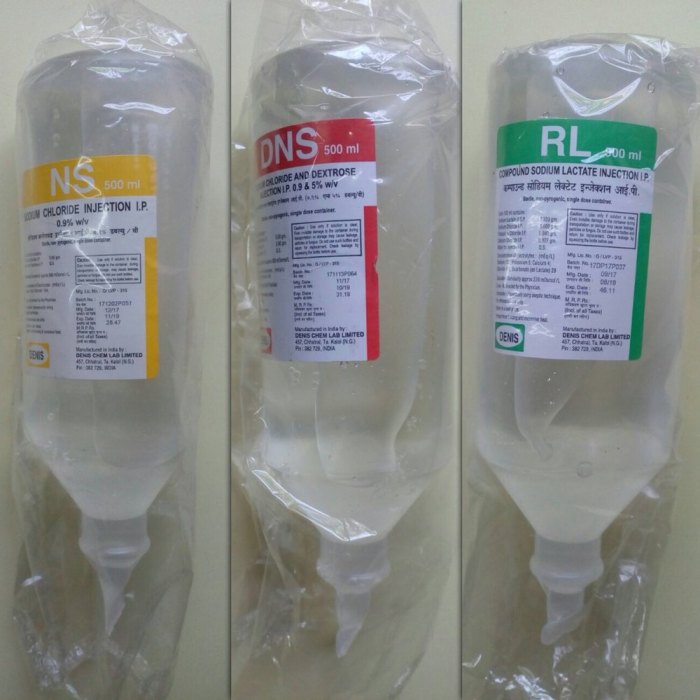
Saline nasal sprays are a common and often effective way to manage nasal congestion, which can be a contributing factor to snoring. However, the effectiveness and potential risks of using saline sprays for snoring can vary significantly depending on the individual’s age, health status, and other factors. This section delves into how saline spray usage may differ across various populations.Understanding how different populations respond to saline nasal sprays is crucial for personalized recommendations.
The impact of saline sprays can vary considerably based on factors such as age, underlying health conditions, and even anatomical differences. This detailed analysis will help users make informed decisions about their use.
Effectiveness Across Age Groups
Saline nasal sprays can be beneficial for individuals of all ages, though their effectiveness and potential side effects might differ. Children, for example, may experience faster relief from nasal congestion compared to adults, potentially reducing snoring frequency. Seniors, on the other hand, might require a longer period of treatment to achieve similar results due to potential physiological changes.
Careful monitoring and adjustments to dosage are important for all age groups.
Potential Risks and Benefits for Pregnant Women
| Factor | Potential Benefit | Potential Risk |
|---|---|---|
| Snoring Reduction | May alleviate nasal congestion, reducing snoring episodes. | Potential for unknown long-term effects on the developing fetus. Limited studies on use during pregnancy. |
| Nasal Congestion Relief | Can help with nasal congestion, which may improve breathing. | May cause mild discomfort or irritation in the nasal passages. Consult a doctor before use. |
| Overall Comfort | Can improve overall comfort and ease of breathing. | May not be effective for all pregnant women, and should not be a substitute for medical advice. |
Note: Always consult a healthcare professional before using any medication or nasal spray during pregnancy.
Impact on Individuals with Pre-existing Medical Conditions
The use of saline nasal sprays in individuals with pre-existing medical conditions requires careful consideration. For instance, individuals with chronic respiratory conditions like asthma or cystic fibrosis might experience different responses to saline sprays. Furthermore, individuals with weakened immune systems might be more susceptible to potential side effects. Consult with a healthcare professional before using saline sprays in these situations.
Dealing with those pesky saline spray snoring allergies can be tough, especially during the summer. It’s important to remember that extreme weather conditions, like the heat and humidity often prevalent in summer, can significantly impact asthma sufferers. Checking out the latest research on extreme weather and summer asthma whats important can offer valuable insights into managing these symptoms.
Fortunately, saline spray can often help alleviate the congestion and snoring that can accompany allergies, leading to a better night’s sleep.
Impact on Anatomical Structures and Nasal Deviations
Individuals with nasal deviations or anatomical structures that obstruct airflow might experience varied results with saline sprays. For instance, a deviated septum might only partially benefit from saline irrigation, while other structural issues may not be addressed. In these cases, saline spray may be used as a supplementary therapy to address snoring, but may not be the primary treatment.
Combination with Other Sleep Interventions
Saline sprays can be incorporated into a comprehensive approach to managing snoring. For instance, they might be used in conjunction with nasal strips, positional therapy, or even oral appliances. A multi-faceted strategy tailored to the individual’s specific needs can enhance the effectiveness of treatment. This approach allows for a more holistic treatment plan, addressing the underlying causes of snoring.
Potential Interactions with Other Medications
| Medication | Potential Interaction | Recommended Precautions |
|---|---|---|
| Decongestants | Increased risk of nasal dryness and irritation. | Use with caution and monitor for adverse effects. Consider spacing out administration times. |
| Antihistamines | Possible interaction, potentially reducing the effectiveness of saline spray. | Consult with a physician for appropriate use and timing. |
| Other Nasal Sprays | Potential for additive or synergistic effects. | Use with caution, and follow the instructions of the physician or pharmacist. |
Always consult with a healthcare professional before combining saline nasal sprays with other medications to avoid potential interactions.
Alternative Treatments and Comparisons
Beyond nasal saline sprays, various methods address snoring. Understanding these alternatives and their efficacy is crucial for a comprehensive approach to managing this common sleep disorder. Different treatments target different underlying causes, and their effectiveness varies depending on the individual.A holistic approach often involves considering multiple factors, such as allergies, nasal congestion, or structural issues in the airway.
A healthcare professional can help determine the most suitable treatment plan based on a comprehensive evaluation.
Mouthguards and Oral Appliances
Mouthguards, or oral appliances, are custom-fitted devices worn during sleep. These devices reposition the jaw and tongue, opening the airway and potentially reducing snoring. The mechanism of action involves gently shifting the lower jaw forward, which can create more space for the tongue and soft palate to prevent them from collapsing during sleep.
Efficacy of Saline Sprays Compared to Other Methods
Saline nasal sprays primarily address nasal congestion, a contributing factor to snoring. While they can improve breathing and reduce snoring in some cases, they are not a primary treatment for all types of snoring. Other methods, such as mouthguards, may be more effective for individuals with structural issues in the airway.
Saline Sprays as Part of a Comprehensive Approach
Saline nasal sprays can be a valuable component of a broader snoring management strategy. For example, if nasal congestion from allergies or other factors exacerbates snoring, saline sprays can help improve airflow, making other treatments more effective.
Limitations of Saline Sprays for Snoring
Saline sprays are not a universal cure for snoring. Their effectiveness is limited by the underlying cause. If snoring is caused by structural issues like a deviated septum or enlarged tonsils, a saline spray alone might not provide significant relief.
Mechanisms of Action for Different Treatments
Understanding how each treatment works is key. Saline sprays work by moisturizing and clearing nasal passages, improving airflow. Mouthguards, on the other hand, reposition the jaw and tongue to maintain an open airway. CPAP (Continuous Positive Airway Pressure) machines use gentle air pressure to keep the airway open, while surgery addresses structural issues.
Comparison Table of Snoring Treatments
| Treatment | Mechanism of Action | Cost | Benefits | Potential Side Effects |
|---|---|---|---|---|
| Saline Nasal Spray | Moisturizes and clears nasal passages, improving airflow. | Generally low | Reduces nasal congestion, may improve snoring. | Mild irritation, potential for dryness. |
| Mouthguard/Oral Appliance | Repositions the jaw and tongue to keep airway open. | Moderate to high (custom-fitted) | Effective for some individuals, improves sleep quality. | Potential discomfort, jaw pain, need for adjustment. |
| CPAP (Continuous Positive Airway Pressure) | Uses gentle air pressure to keep airway open. | Moderate to high (machine and supplies) | Highly effective for many, improves sleep quality. | Mask discomfort, claustrophobia, pressure. |
| Surgery (e.g., for deviated septum) | Corrects structural abnormalities in the airway. | High | Long-term solution for some individuals. | Potential for pain, recovery time, complications. |
Lifestyle and Environmental Factors
Our daily choices and the environment around us play a significant role in both snoring and allergy symptoms. Understanding how lifestyle and environmental factors interact with these conditions is crucial for developing effective strategies to manage them. A proactive approach focusing on minimizing triggers and promoting overall health can significantly reduce reliance on saline nasal sprays.Lifestyle choices and environmental factors can exacerbate or alleviate both snoring and allergy symptoms.
Factors such as diet, exercise, sleep habits, and exposure to allergens can directly impact nasal congestion and the likelihood of snoring. By identifying and mitigating these factors, individuals can significantly improve their quality of life and potentially reduce their need for saline nasal sprays.
The Role of Lifestyle Choices
Lifestyle choices exert a considerable influence on the severity of both snoring and allergies. A balanced diet rich in fruits, vegetables, and whole grains contributes to overall well-being and can help maintain a healthy weight. Maintaining a healthy weight is crucial as excess weight can contribute to both snoring and allergy symptoms. Regular exercise strengthens the respiratory system and helps regulate hormones, potentially reducing the frequency and severity of snoring episodes.
Stress management techniques, such as meditation or yoga, can also positively impact both snoring and allergy symptoms by reducing inflammation and improving sleep quality.
Environmental Factors Affecting Nasal Congestion and Snoring
Environmental factors significantly influence nasal congestion and snoring. Exposure to allergens, such as pollen, dust mites, and pet dander, can trigger allergic reactions, leading to nasal congestion. Similarly, exposure to irritants like smoke, strong odors, and chemical fumes can also cause nasal irritation and congestion. Air pollution can also exacerbate nasal congestion and contribute to snoring. Cold, dry air can dry out the nasal passages, making them more susceptible to congestion.
Avoiding Allergens and Maintaining a Healthy Lifestyle
By actively avoiding allergens and maintaining a healthy lifestyle, individuals can significantly reduce the need for saline nasal sprays. Identifying and minimizing exposure to allergens through measures such as keeping homes clean, using air purifiers, and avoiding known allergens can significantly lessen allergy symptoms. This, in turn, reduces the need for saline nasal sprays to alleviate congestion. A balanced diet, regular exercise, and stress management techniques contribute to overall well-being, making the body more resilient to allergens and irritants.
Dealing with saline spray for snoring allergies can be tricky, but understanding other potential health issues is important too. For example, a condition like clonus, which involves involuntary muscle contractions, might seem unrelated to snoring allergies, but exploring its causes, diagnosis, and treatment options is crucial. Fortunately, resources like clonus causes diagnosis and treatment can provide valuable insights.
Ultimately, a holistic approach to managing both snoring allergies and potential underlying conditions is key to finding effective relief.
Identifying and Mitigating Environmental Triggers
Identifying environmental triggers for snoring and allergies is essential for effective management. Keeping a detailed log of symptoms and their association with specific environmental exposures can reveal patterns. Regularly cleaning the home, particularly bedding and carpets, can help reduce dust mite and other allergen levels. Using air purifiers can filter out airborne allergens and irritants. Avoiding exposure to known allergens, such as pollen or pet dander, can also minimize allergy symptoms.
Understanding the impact of air quality on nasal congestion is equally important.
Importance of Sleep Hygiene
Adequate and consistent sleep is crucial for both respiratory health and overall well-being. Poor sleep hygiene can exacerbate both snoring and allergy symptoms. Establishing a regular sleep schedule, creating a relaxing bedtime routine, and ensuring a conducive sleep environment can significantly improve sleep quality. A comfortable sleep environment with minimal noise and light promotes deeper, more restful sleep, reducing the likelihood of snoring and allergy symptoms.
Impact of Lifestyle Factors on Nasal Congestion and Snoring, Saline spray snoring allergies
| Lifestyle Factor | Impact on Congestion | Impact on Snoring |
|---|---|---|
| Balanced Diet | Reduces inflammation, improves nasal health | May improve sleep quality, potentially reducing snoring |
| Regular Exercise | Strengthens respiratory system, improves circulation | May improve sleep quality, potentially reducing snoring |
| Stress Management | Reduces inflammation, improves nasal function | May improve sleep quality, potentially reducing snoring |
| Healthy Weight | Reduces pressure on nasal passages | May reduce the likelihood of snoring |
| Allergen Avoidance | Reduces allergic reactions, improves nasal function | May improve sleep quality, potentially reducing snoring |
| Good Sleep Hygiene | Reduces inflammation, improves nasal function | Improves sleep quality, potentially reducing snoring |
| Environmental Control (e.g., Air Purifiers) | Reduces exposure to irritants and allergens | Creates a more comfortable sleep environment, potentially reducing snoring |
Understanding Underlying Conditions
Saline nasal sprays, while often helpful for alleviating nasal congestion and dryness associated with allergies, aren’t a universal solution. Before relying on them for snoring, it’s crucial to understand the potential underlying conditions that might be contributing to both problems. A thorough evaluation by a healthcare professional is essential to determine the root cause and develop a personalized treatment plan.A common misconception is that saline sprays are a quick fix for all nasal issues.
However, they are most effective when used as part of a comprehensive approach to address the underlying cause of the problem. Ignoring potential underlying conditions can lead to ineffective treatment and potentially worsen the symptoms.
Importance of Professional Consultation
Consulting a healthcare professional before using saline sprays for snoring is vital. They can assess your specific situation, identify potential underlying conditions, and guide you toward the most appropriate treatment strategy. Self-treating without proper diagnosis could mask or worsen existing problems.
Underlying Conditions Contributing to Snoring and Allergies
Numerous medical conditions can influence both snoring and allergies. These conditions can affect the nasal passages, throat, and overall respiratory system, potentially leading to both symptoms. Examples include:
- Nasal Polyps: These noncancerous growths in the nasal passages can block airflow, leading to snoring and difficulty breathing. They can also cause chronic nasal congestion and discharge, contributing to allergic reactions.
- Chronic Sinusitis: Inflammation of the sinuses can create congestion and blockages in the nasal passages, impacting breathing and potentially causing snoring. It can also trigger or exacerbate allergies.
- Structural Abnormalities: Conditions like a deviated septum or enlarged adenoids can obstruct the nasal passages, leading to breathing difficulties and snoring. These structural issues can also influence allergic responses.
- Sleep Apnea: This sleep disorder involves pauses in breathing during sleep. While it primarily affects breathing, it can also lead to snoring and contribute to allergies due to the disrupted sleep patterns and potential inflammatory responses.
- Allergies: While seemingly straightforward, allergies can be complex. Chronic allergic reactions can lead to inflammation and swelling in the nasal passages, impacting breathing and contributing to snoring.
Potential Complications of Saline Sprays with Underlying Conditions
Using saline nasal sprays without addressing underlying conditions might mask symptoms temporarily, but it won’t resolve the root cause. This can lead to several potential complications.
- Delayed Diagnosis: The temporary relief provided by saline sprays can delay the diagnosis of underlying conditions, potentially hindering proper treatment.
- Increased Severity: In cases of structural abnormalities or chronic sinusitis, using saline sprays without addressing the underlying condition might exacerbate the symptoms over time.
- Medication Interactions: Certain underlying conditions may require specific medications, and using saline sprays concurrently could lead to unwanted interactions or hinder the effectiveness of the prescribed treatment.
Importance of Medical Advice
Seeking medical advice for proper diagnosis and treatment is paramount when experiencing both snoring and allergies. A healthcare professional can perform a comprehensive evaluation, including physical exams, medical history review, and potentially diagnostic tests. This personalized approach ensures the most effective treatment plan.
Doctor’s Evaluation for Optimal Course of Action
A doctor’s evaluation is critical in determining the best course of action for managing both snoring and allergies. Their expertise will ensure the correct diagnosis and treatment plan tailored to your individual needs.
Common Underlying Medical Conditions
| Condition | Symptoms | Potential Treatment |
|---|---|---|
| Nasal Polyps | Nasal congestion, facial pain, difficulty breathing, snoring | Surgery, medications to reduce inflammation |
| Chronic Sinusitis | Facial pain, headache, nasal discharge, congestion, snoring | Medications, nasal irrigation, surgery in severe cases |
| Structural Abnormalities (e.g., Deviated Septum) | Difficulty breathing, nasal blockage, snoring | Surgery, nasal splints, or other corrective procedures |
| Sleep Apnea | Loud snoring, pauses in breathing, daytime sleepiness, headaches | CPAP therapy, lifestyle modifications, surgery in severe cases |
| Allergies | Sneezing, runny nose, itchy eyes, congestion, snoring (due to inflammation) | Allergen avoidance, medications (antihistamines, nasal sprays), immunotherapy |
Wrap-Up
In conclusion, nasal saline sprays offer a potential avenue for managing both snoring and allergies, particularly by addressing nasal congestion. However, they are not a one-size-fits-all solution. Individual responses to saline sprays can vary greatly depending on factors such as age, underlying health conditions, and the specific type of allergy. Always consult with a healthcare professional before using saline sprays, especially if you suspect an underlying medical condition.
A comprehensive approach that combines saline sprays with lifestyle modifications and other treatments may be necessary for optimal results.
